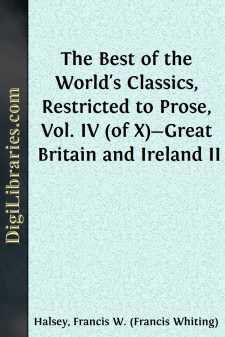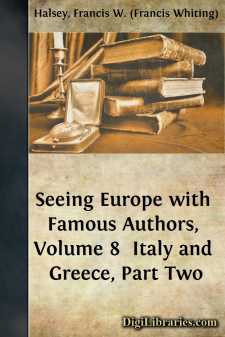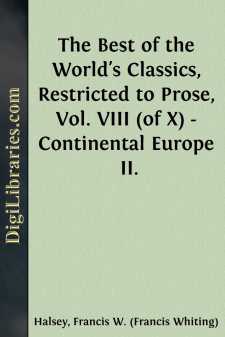Categories
- Antiques & Collectibles 13
- Architecture 36
- Art 48
- Bibles 22
- Biography & Autobiography 816
- Body, Mind & Spirit 145
- Business & Economics 28
- Children's Books 17
- Children's Fiction 14
- Computers 4
- Cooking 94
- Crafts & Hobbies 4
- Drama 346
- Education 58
- Family & Relationships 59
- Fiction 11834
- Foreign Language Study 3
- Games 19
- Gardening 17
- Health & Fitness 34
- History 1378
- House & Home 1
- Humor 147
- Juvenile Fiction 1873
- Juvenile Nonfiction 202
- Language Arts & Disciplines 89
- Law 16
- Literary Collections 686
- Literary Criticism 179
- Mathematics 13
- Medical 41
- Music 40
- Nature 179
- Non-Classifiable 1768
- Performing Arts 7
- Periodicals 1453
- Philosophy 66
- Photography 2
- Poetry 897
- Political Science 203
- Psychology 45
- Reference 154
- Religion 516
- Science 126
- Self-Help 85
- Social Science 82
- Sports & Recreation 34
- Study Aids 3
- Technology & Engineering 59
- Transportation 23
- Travel 463
- True Crime 29
Our website is made possible by displaying online advertisements to our visitors.
Please consider supporting us by disabling your ad blocker.
Seeing Europe with Famous Authors, Volume 1 Great Britain and Ireland, part 1
Description:
Excerpt
I
LONDON
A GENERAL SKETCH [Footnote: From articles written for the Toronto "Week."
Afterward (1888) issued by The Macmillan Company in the volume entitled
"The Trip to England."]
BY GOLDWIN SMITH
The huge city perhaps never imprest the imagination more than when approaching it by night on the top of a coach you saw its numberless lights flaring, as Tennyson says, "like a dreary dawn." The most impressive approach is now by the river through the infinitude of docks, quays, and shipping. London is not a city, but a province of brick and stone. Hardly even from the top of St. Paul's or of the Monument can anything like a view of the city as a whole be obtained.
It is indispensable, however, to make one or the other of these ascents when a clear day can be found, not so much because the view is fine, as because you will get a sensation of vastness and multitude not easily to be forgotten. There is, or was not long ago, a point on the ridge which connects Hampstead with Highgate from which, as you looked over London to the Surrey Hills beyond, the modern Babylon presented something like the aspect of a city. The ancient Babylon may have vied with London in circumference, but the greater part of its area was occupied by open spaces; the modern Babylon is a dense mass of humanity….
The Empire and the commercial relations of England draw representatives of trading committees or subject races from all parts of the globe, and the faces and costumes of the Hindu, the Parsee, the Lascar and the ubiquitous Chinaman mingle in the motley crowd with the merchants of Europe and America. The streets of London are, in this respect, to the modern what the great Palace of Tyre must have been to the ancient world. But pile Carthage on Tyre, Venice on Carthage, Amsterdam on Venice, and you will not make the equal, or anything near the equal, of London.
Here is the great mart of the world, to which the best and richest products are brought from every land and clime, so that if you have put money in your purse you may command every object of utility or fancy which grows or is made anywhere without going beyond the circuit of the great cosmopolitan city. Parisian, German, Russian, Hindu, Japanese, Chinese industry is as much at your service here, if you have the all-compelling talisman in your pocket, as in Paris, Berlin, St. Petersburg, Benares, Yokohama, or Peking. That London is the great distributing center of the world is shown by the fleets of the carrying trade of which the countless masts rise along her wharves and in her docks. She is also the bank of the world. But we are reminded of the vicissitudes of commerce and the precarious tenure by which its empire is held when we consider that the bank of the world in the middle of the last century was Amsterdam.
The first and perhaps the greatest marvel of London is the commissariat. How can the five millions be regularly supplied with food, and everything needful to life, even with such things as milk and those kinds of fruits which can hardly be left beyond a day?...












